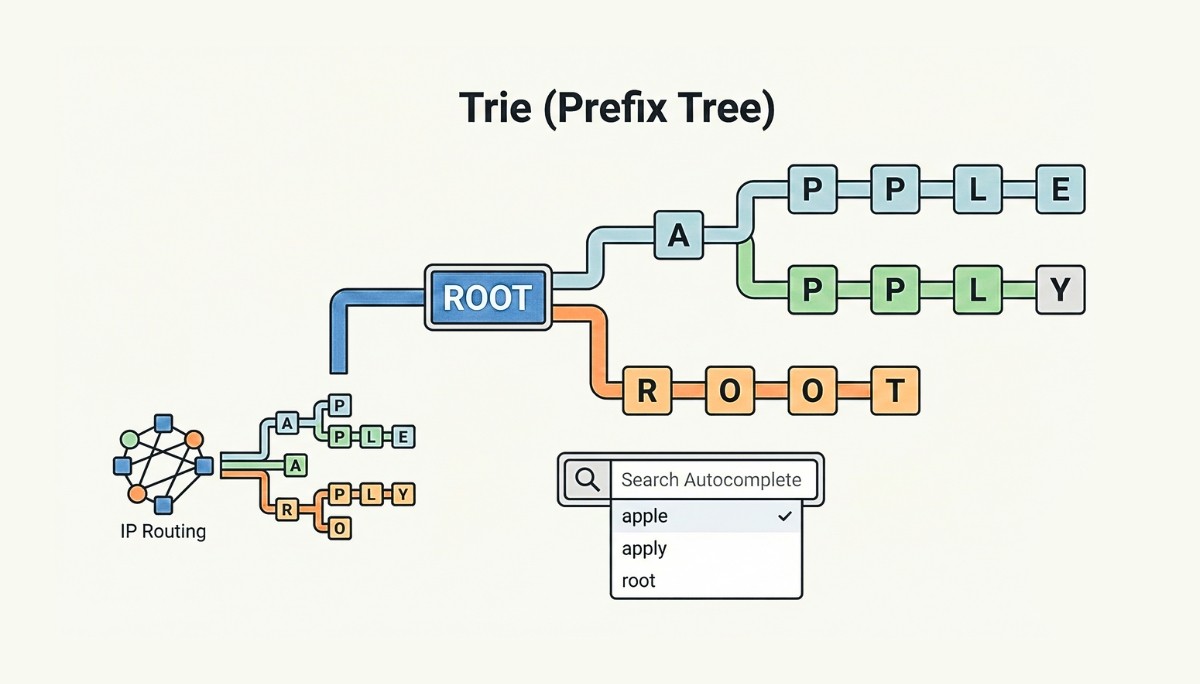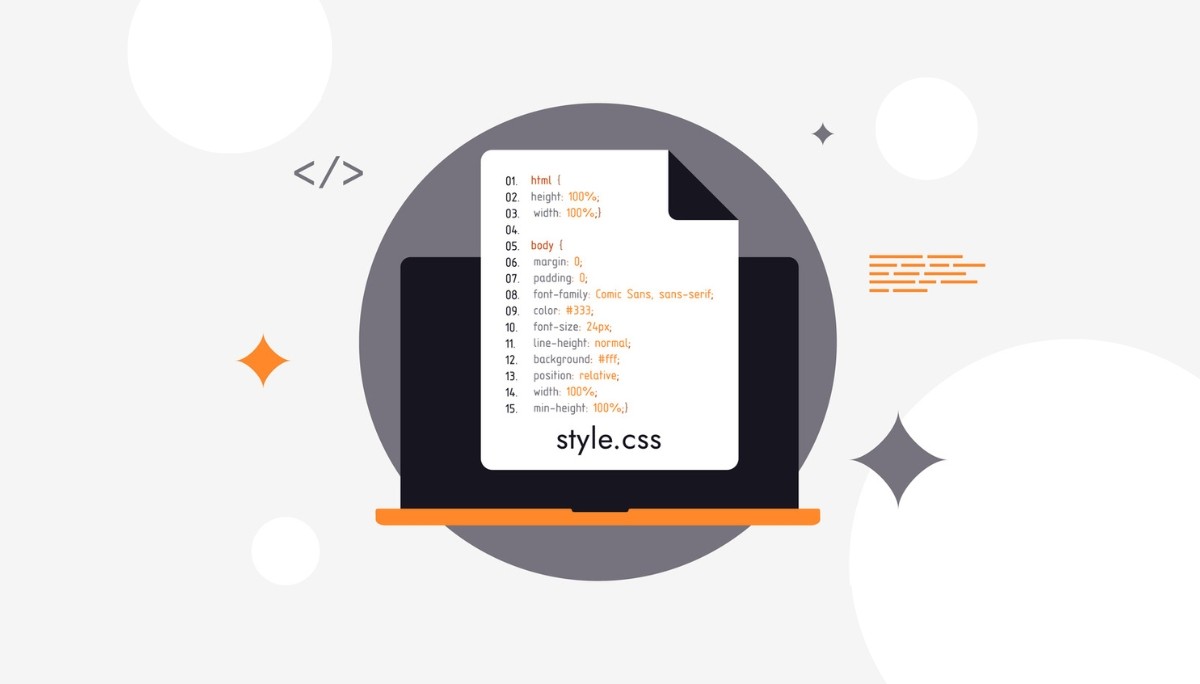How to Be a Great Code Reviewer With Tips and Best Practices
By
Liz Fujiwara
•
Sep 16, 2025
A code reviewer plays a critical role in maintaining the quality, consistency, and functionality of a codebase. Beyond simply catching errors, effective code reviews help teams uphold coding standards, improve performance, and foster collaboration among developers. This article explores best practices and practical tips for becoming a skilled and impactful code reviewer, from preparing before the review to delivering thoughtful and constructive feedback that empowers your peers. Whether you are just starting or looking to refine your reviewing skills, you will find actionable insights to make your reviews more efficient, supportive, and valuable for the entire development process.
Key Takeaways
Establish a structured code review process that includes preparation, reviewer selection, feedback delivery, and revisions to ensure high code quality.
Encourage best practices for both code authors and reviewers, such as thorough self-reviews, clear documentation, and focused feedback on core issues to streamline the review process.
Foster a positive code review culture that emphasizes collaboration and learning, while leveraging checklists and automated AI coding tools to improve efficiency and reduce errors.
Understanding the Code Review Process

The code review process is a critical component of software development, ensuring that code changes are thoroughly vetted before integration. Typically, this process includes:
Preparation
Selecting relevant reviewers
Code inspection
Providing feedback
Making revisions
Merging the code
This multi-step approach helps maintain high code quality by catching potential issues early and integrating continuous feedback to establish a strong quality standard for development.
One of the key challenges in code reviews is selecting the right reviewers. Reviewers with relevant knowledge of the codebase are essential for providing meaningful feedback. Agile practices encourage continuous and incremental code reviews throughout the development process, promoting an ongoing dialogue that strengthens the final product. Understanding the context of code changes is also critical; without it, feedback can become less relevant or even misleading.
Effective code reviews not only check for correctness but also assess how changes integrate with the broader codebase. This holistic approach ensures that the new code functions as intended while aligning with the overall architecture and design principles of the project. By keeping these fundamentals in mind, developers and reviewers can collaborate more effectively, resulting in a smoother review process and a more resilient codebase.
Preparing for a Code Review

Preparation is key to a successful code review. Important steps include:
Running tests before seeking feedback to confirm that the code functions correctly and to respect the reviewers’ time.
Validating the code to demonstrate that the author has taken the necessary steps to maintain quality.
Creating new tests or updating existing ones to align with the code changes, further ensuring the reliability of the implementation.
Providing a detailed description of the code changes is another crucial part of the preparation process. Clear descriptions improve reviewers’ understanding and speed up the review by outlining what has been modified and why. This guidance helps reviewers navigate the changes and provide more meaningful feedback.
Thorough preparation lays the foundation for an effective and efficient code review, ultimately leading to higher-quality code.
Best Practices for Code Authors
Code authors play a pivotal role in the review process. Following best practices can significantly streamline reviews and enhance the quality of feedback. One of the most effective strategies is to use automated tools such as:
Style checkers
Syntax checkers
Static analysis tools
Code review platforms
These tools help catch common issues early, saving time for both authors and reviewers while allowing human reviewers to focus on more complex concerns.
Thorough self-review is another crucial practice. Authors should carefully examine their own code before submission to identify and address issues proactively, ensuring that no detail is overlooked. Keeping changes small and incremental also makes the code easier to understand and improves the quality of feedback. In addition, authors should write with clarity, explain their intentions, and recognize the importance of peer review.
Clear descriptions of the changes further strengthen the process, enabling reviewers to provide more accurate and constructive feedback. Together, these best practices form the foundation of an effective code review process.
Thoroughly Review Your Changes
Before submitting code for review, it is essential to conduct a thorough self-review. Carefully examining your own code helps identify issues proactively and ensures that the changes meet required quality standards. This process involves reading through the code changes, checking for potential problems, and making necessary adjustments before seeking external feedback.
Fixing issues identified during self-review streamlines the review process and demonstrates a commitment to quality. This proactive approach not only saves time for reviewers but also increases the likelihood of receiving valuable feedback on more complex aspects of the code.
Thorough self-review is a cornerstone of effective code reviews and a best practice for all developers.
Keep Changes Small and Incremental
Making small, incremental changes is one of the most effective strategies for improving the quality of code reviews. Large changes can be overwhelming and difficult to review thoroughly, which often decreases the overall quality of feedback. Keeping modifications small and focused makes it easier for reviewers to understand the context and intent behind them.
Clustering related changes into a single review helps to:
Clarify the purpose of the changes
Simplify the review process
Increase the likelihood of receiving valuable feedback
Enable reviewers to provide more accurate and relevant comments
Limiting pull requests to a manageable size enhances focus and efficiency during the review. In summary, small, incremental changes are a best practice for effective code reviews, particularly when working with GitHub pull requests.
Provide Clear Descriptions
Clear descriptions are essential for guiding reviewers and improving the quality of feedback. A common issue developers face when writing descriptions is assuming that their changes are self-explanatory, often falling into the expert blind spot. To avoid this, descriptions should provide a clear overview of what has been modified and why.
Detailed descriptions increase reviewers’ understanding and elevate the overall quality of feedback. This practice not only accelerates the review process but also ensures that the feedback received is accurate and constructive.
Clear descriptions are a core component of effective code reviews and a best practice for all developers.
Engaging with Reviewers

Engaging effectively with reviewers is crucial for a successful code review process. Clarifying expectations for each reviewer ensures they understand their role and the level of feedback required. Developers should know whether they are expected to actively review the code or simply stay informed about the process. This clarity streamlines communication and prevents unnecessary notifications, which can contribute to notification fatigue.
Selecting the right reviewers is another important step. Only those who will benefit from the review information should be included to maintain productivity and accountability. Informing reviewers about upcoming code reviews in advance also improves communication and helps ensure timely feedback.
Key practices for handling the review process effectively include:
Being open to suggested changes and maintaining a positive mindset to foster collaboration
Addressing any discomfort from review feedback promptly, potentially through face-to-face conversations
Communicating reviewer motivations to ensure focus on relevant issues and reduce apathy
By engaging effectively with reviewers, developers can create a smoother, more efficient, and more productive code review process.
Best Practices for Code Reviewers

Code reviewers play a crucial role in maintaining code quality and supporting the development team. Effective code reviews should proceed at a steady pace, allowing for thorough feedback within a reasonable timeframe. Automation can help reviewers focus on providing meaningful feedback rather than getting bogged down by minor issues.
Having two active reviewers for each code change is recommended to ensure diverse perspectives and comprehensive feedback. By following best practices, reviewers can improve overall code quality and contribute to a more efficient and collaborative development process.
Give Respectful and Constructive Feedback
Providing respectful and constructive feedback is essential for supporting authors and promoting effective communication. Respectful feedback fosters a collaborative environment where developers feel valued and motivated to improve. Focusing on core issues such as bugs and architectural problems ensures that the feedback is meaningful and impactful.
Explaining the rationale behind your feedback helps the code author learn and understand different perspectives, promoting ongoing dialogue and discussion. Clear communication about the changes needed for approval streamlines the review process and keeps the focus on key improvements.
Respectful and constructive feedback supports continuous learning and contributes to higher code quality across the team.
Timely and Regular Reviews
Timely feedback during code reviews is crucial for maintaining productivity. Key points to consider include:
Reviewers often face time constraints and long waiting periods, which can slow the review process.
Conducting reviews frequently, rather than in large batches, helps manage workloads more effectively.
Frequent reviews generally result in higher-quality feedback.
Review sessions should ideally follow these guidelines:
Last no longer than 60 minutes to maintain focus and efficiency.
Consider time zones to prevent scheduling conflicts and ensure timely feedback.
Establish a review timeline to avoid delays, with a recommended turnaround of 24 to 48 hours.
Timely and regular formal reviews are a best practice for sustaining an efficient code review process.
Focus on Core Issues
Reviewers should prioritize core issues to ensure that feedback is meaningful. Core issues typically include critical bugs, major architectural decisions, and significant performance impacts. Focusing on these essential areas not only improves code quality but also fosters effective communication among team members.
By concentrating on core issues, reviewers can use their time and effort more efficiently, leading to more productive code reviews. This focus ensures that the most critical aspects of the code are addressed, contributing to a higher-quality codebase.
Utilizing Automated Tools
Utilizing automated tools improves the code review process by:
Catching syntax errors and style issues, allowing human reviewers to focus on more complex aspects.
Streamlining the review process with immediate feedback on syntax and security issues.
Suggesting code improvements and flagging potential performance bottlenecks, improving overall code quality.
Many automated tools integrate with CI/CD systems, enabling continuous code evaluation during development. Incorporating automated checks in the CI/CD pipeline allows reviewers to focus on complex issues rather than common errors. The most effective automated review tools prioritize identifying significant code issues over surface-level problems, increasing reviewer efficiency.
Automating parts of the review process, such as using static analysis tools, helps reviewers provide more focused and insightful feedback. Effective automated tools adapt their guidance based on the unique characteristics of the codebase and team practices, making the review process more efficient and productive.
Maintaining a Positive Code Review Culture
A culture of collaboration and learning is essential for successful peer code reviews and leads to higher code quality. Encouraging a supportive atmosphere promotes better engagement during reviews and fosters a positive team dynamic. Awareness of potential biases, such as those related to gender, race, or age, is critical to maintaining fairness throughout the review process.
Involving both experienced and less-experienced developers in code reviews brings balanced perspectives and supports innovative problem-solving. To prevent resentment, performance metrics derived from peer reviews should not be tied to individual compensation or promotions, as this could create conflicts of interest.
Defects identified during peer reviews should be viewed as opportunities to improve code quality rather than as negative critiques.
Leveraging Checklists for Consistency
Implementing a code review checklist can significantly improve the ability to identify issues early in the development process. A well-organized checklist helps developers follow best practices, minimizing technical debt and ensuring higher software quality. Using a checklist also promotes better communication among team members by providing a shared framework for discussing code changes.
Standardizing the review process through checklists allows for quicker identification of potential problems, improving overall efficiency. A comprehensive code review checklist should include:
Readability checks
Security assessments
Utilizing checklists in code reviews is essential for ensuring thoroughness and consistency, reducing the likelihood of missed issues and repeated mistakes.
The Role of Experienced and Inexperienced Reviewers
Experienced reviewers play a critical role in improving code quality through their knowledge and insights. Their feedback is valuable for demonstrating best practices, mentoring developers, and contributing to overall team success. For example, their expertise can significantly elevate the quality of the code.
By mentoring developers, experienced reviewers help strengthen individual skills and support the success of the entire team.
Benefits of Experienced Reviewers
Experienced reviewers play a crucial role in providing insightful feedback during code reviews. They offer guidance that enhances code quality and supports the development team. Input from seasoned PR reviewers helps identify subtle issues that may not be apparent to less-experienced developers.
However, relying solely on experienced developers as reviewers can create knowledge silos and limit the sharing of expertise across the team.
Knowledge Transfer Through Inexperienced Reviewers
Inexperienced reviewers play an important role in code reviews by supporting knowledge transfer and learning, which benefits junior developers. During reviews, junior developers can ask fundamental questions, fostering a culture of inquiry and encouraging deeper understanding.
Customizing Your Code Review Process

Customizing your code review process to fit your team’s specific workflows and needs can significantly enhance productivity. It is essential to maintain a consistent quality standard in code reviews, regardless of the author’s experience level or tenure. This ensures that every piece of code meets the same high standards, contributing to a more reliable and maintainable codebase.
Organizations that prioritize code reviews often invest in tools and processes that improve the review experience. Implementing systemic solutions to common issues encountered during reviews can enhance overall workflow. By continuously refining and adapting your code review process, you can create a more efficient and effective development environment.
Summary
In summary, effective code reviews are a cornerstone of high-quality software development. By understanding the review process, preparing thoroughly, and following best practices, both authors and reviewers can contribute to a more efficient and productive workflow. Engaging with reviewers, providing respectful and constructive feedback, and leveraging automated tools and checklists are all essential elements of a successful code review process.
Maintaining a positive review culture and involving both experienced and inexperienced reviewers can further improve review quality and foster a collaborative team environment. Customizing your code review process to fit your team’s unique needs ensures continuous improvement and adaptability to new challenges. By implementing these best practices, you can elevate your code review process and contribute to the overall success of your development projects.




